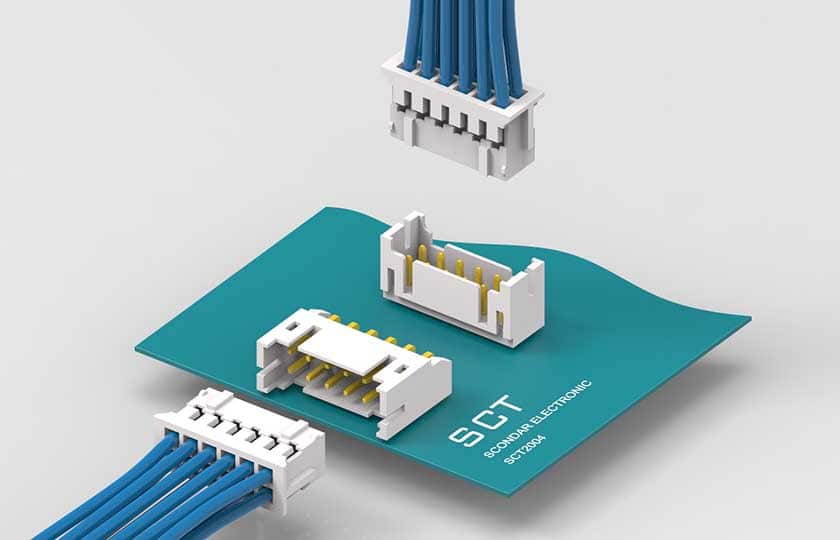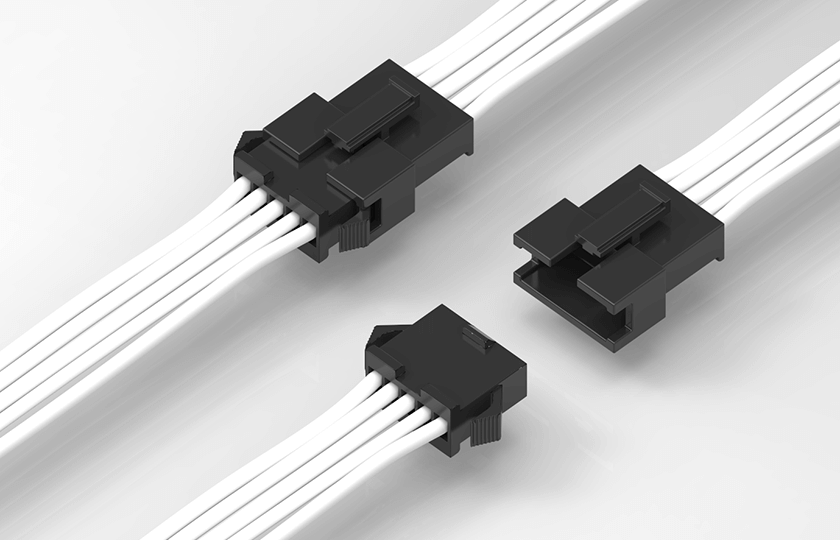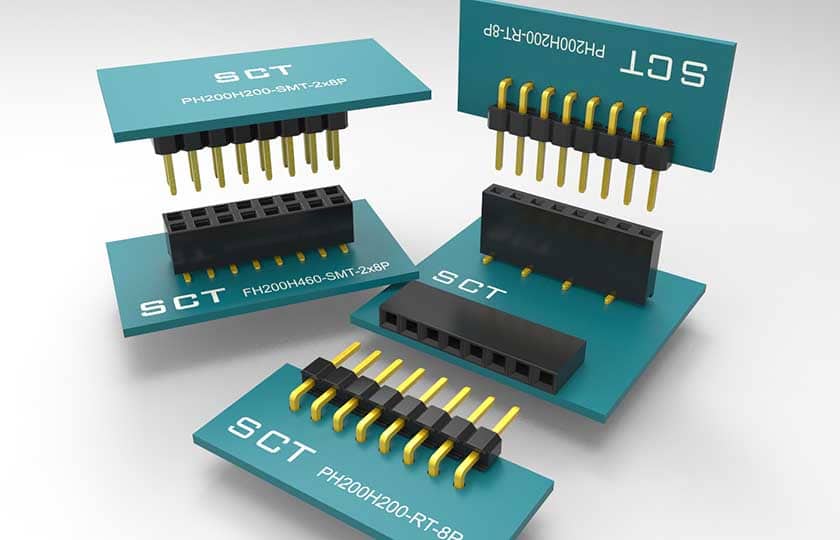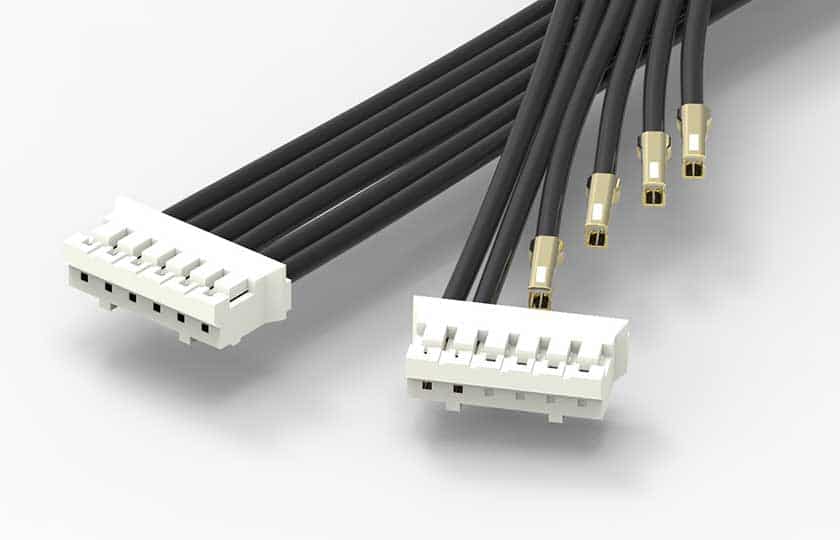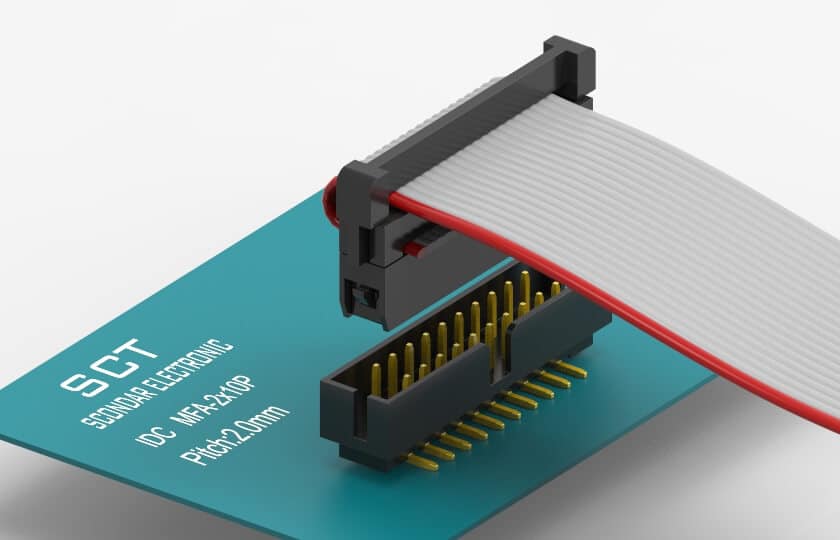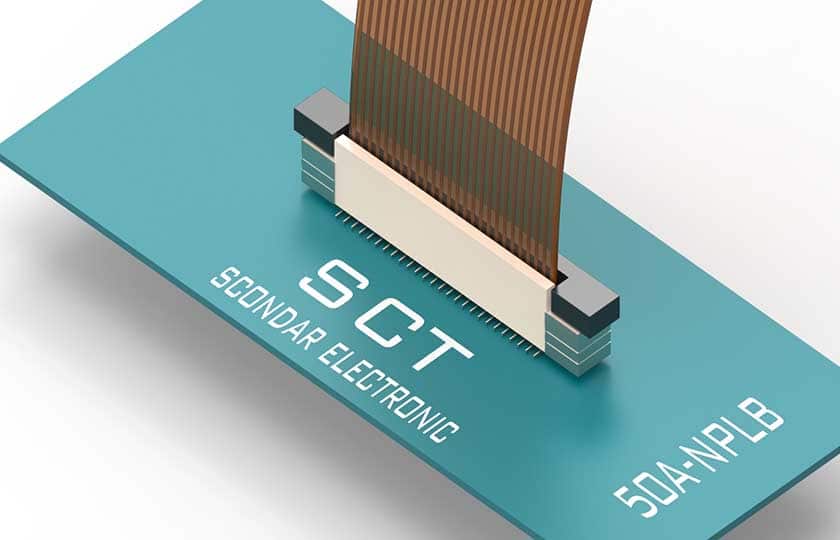
Introduction
Evolution of Automotive Electronics: Towards an Intelligent, Green, and Safe Future
Automotive electronics refer to the application of electronic technology and devices in automobiles, and it has become an indispensable part of modern vehicles. Automotive electronic systems cover various aspects, including vehicle control, infotainment, safety, and driver assistance. Here are the main components and trends in automotive electronics:
1. Vehicle Control Systems:
Engine Control Unit (ECU): Manages engine performance and fuel efficiency.
Transmission System Control: Automatic transmission, cruise control, etc.
Braking Systems: Anti-lock Braking System (ABS), Electronic Stability Control (ESC), etc.
2. Infotainment Systems:
In-Car Entertainment Systems: Including audio systems, navigation, Bluetooth connectivity, etc.
Multimedia Interfaces: Support touchscreens, voice recognition, gesture control, etc.
3. Safety Systems:
Airbag Systems: Includes airbags for both the driver and passengers.
Collision Detection and Prevention Systems: Detects collisions through sensors and takes appropriate measures.
Reverse Radar and Cameras: Help drivers avoid collisions while reversing.
4. Driver Assistance Systems:
Automated Driving Technology: Includes autonomous driving assistance, automatic parking, etc.
Adaptive Cruise Control (ACC): Adjusts vehicle speed based on the speed of the preceding vehicle.
Lane Keeping Assistance Systems: Helps the vehicle stay within its lane.
5. Electric Vehicle Technology:
Electric Drive Systems: Key components of Electric Vehicles (EV) and Hybrid Electric Vehicles (HEV).
Charging and Battery Management Systems: Ensure battery performance and extend lifespan.
Development Trends:
1. Electrification and Intelligence: Automotive electronic systems are moving towards electrification and intelligence, driving the industry towards more environmentally friendly and intelligent solutions.
2. Connectivity: Enhanced connectivity between vehicles and infrastructure supports remote vehicle control, data exchange, and connected car services.
3. Human-Machine Interaction Technology: Improving user experience with more intelligent voice recognition, gesture control, and augmented reality technologies.
4. Security and Protection: Emphasis on vehicle network security, preventing malicious attacks, while enhancing vehicle protection capabilities.
5. Autonomous Driving Technology: Advances in deep learning and sensing technologies continue to drive the development of autonomous driving technology.
6. Energy Efficiency: Focus on energy management and efficiency optimization for both traditional fuel vehicles and electric vehicles.
7. Sustainable Development: Emphasis on the use of environmentally friendly materials, reducing energy consumption, and promoting the sustainable development of automotive electronic systems.
Overall, the field of automotive electronics will continue to evolve towards a more intelligent, green, safe, and interconnected future.
Role of Connectors and Wiring Harnesses in Automotive Electronics Trends
Connectors and Wiring Harnesses:
Connectors and wiring harnesses play a crucial role in shaping the trends of automotive electronics. As the industry evolves towards greater electrification, intelligence, and connectivity, these components contribute significantly to the overall functionality and performance of modern vehicles.
1. Electrification:
Connectors: High-quality connectors are essential for ensuring efficient power transmission in electric and hybrid vehicles. They facilitate the connection between various electric components, such as batteries, motors, and control units.
Wiring Harnesses: As the number of electrical components increases in electric vehicles, sophisticated wiring harnesses are required to organize and manage the complex network of wires, ensuring a reliable flow of electricity.
2. Intelligence and Connectivity:
Connectors: Intelligent connectors with data transmission capabilities are crucial for supporting advanced communication between different vehicle systems. This facilitates real-time data exchange, contributing to enhanced vehicle performance and safety.
Wiring Harnesses: Wiring harnesses act as the nervous system of the vehicle, carrying signals and data between electronic components. With the growing emphasis on connectivity, wiring harnesses need to accommodate an increasing amount of data traffic while maintaining reliability.
3. Human-Machine Interaction (HMI) Technology:
Connectors: Connectors are vital for HMI technologies, enabling seamless integration of advanced user interfaces, touchscreens, and other interactive features. They ensure the efficient transfer of signals between the vehicle’s control systems and user interfaces.
Wiring Harnesses: Wiring harnesses support the integration of HMI components by providing a structured and organized network for the transmission of signals, contributing to a smooth and responsive user experience.
4. Safety and Security:
Connectors: Robust and secure connectors are essential for maintaining the integrity of safety-critical systems, such as airbag deployment and collision detection. Reliable connectors contribute to the overall safety of the vehicle.
Wiring Harnesses: Wiring harnesses play a crucial role in organizing and protecting the wiring associated with safety systems, ensuring that signals reach the right components promptly in critical situations.
5. Autonomous Driving Technology:
Connectors: High-speed data connectors are crucial for supporting the communication between sensors, cameras, and control units in autonomous driving systems. They enable real-time data processing and decision-making.
Wiring Harnesses: Wiring harnesses need to accommodate the complex network of sensors and communication lines required for autonomous driving. They play a vital role in maintaining the integrity of the data flow within the vehicle.
In conclusion, connectors and wiring harnesses are indispensable components that underpin the key trends in automotive electronics. Their design, reliability, and capability to handle increasing data loads will be critical in shaping the future of intelligent, connected, and electric vehicles.
SCONDAR, as a connector and wire harness manufacturer, recognizes the subtle yet critical role we play in the ongoing trends within the automotive electronics industry. In this dynamic landscape, our focus is on providing practical and reliable solutions that align with the industry’s shift towards intelligence, sustainability, and safety. Our commitment lies in being a dependable partner, contributing quietly but effectively to the industry’s evolution towards a more connected, environmentally conscious, and secure future.
